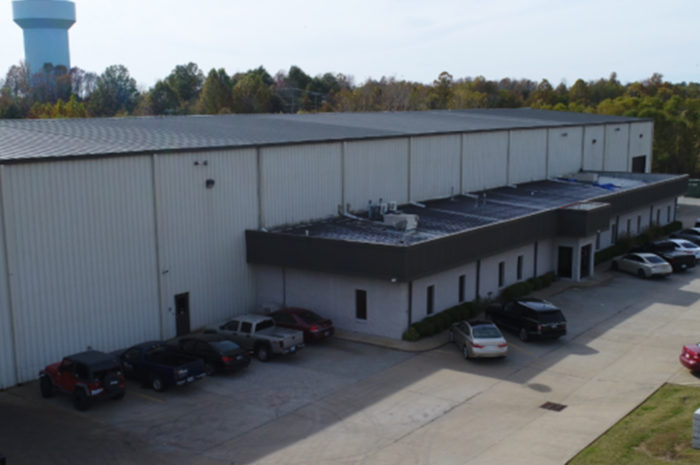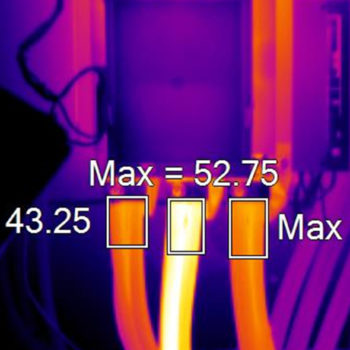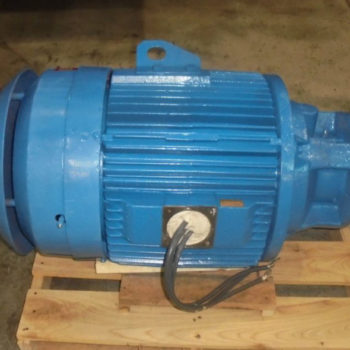The one major issue most often overlooked by most maintenance supervisors and even their superiors is the quality and capabilities of the motor shops that repair their equipment. Motor repair facilities are not all alike and there are many important issues that can affect the quality of repairs and rewind services each shop can and does provide. Most reputable motor repair facilities will encourage your visit. Go unannounced and pay attention to how you are received. Before you go, make a check list of what to look for and which questions to ask. Remember, the safe and effective operation of your plants and factories, is extremely dependent on your electromechanical repair facility.
First, be sure the shop is an EASA member facility. EASA is the watchdog that attempts to provide end users with assurance they are dealing with a dependable and trustworthy vendor. EASA offers numerous, invaluable resources for its members. The more advanced shops will be EASA certified, not just a member. Certification is costly to the facility but the third part evaluations insure that the shop has the proper equipment and skilled technicians.
Next, be sure the shop has a safety program, quality control officer, and a reliability engineer on staff. Ask if they have a complete machine shop and skilled machinists or if they rely on out-sourcing most of their machine work. Check out their test equipment. They must be able to perform the proper electrical and mechanical tests and conform to all industry accepted standards. Do they have all their measuring and test equipment updated annually by a third party calibration vendor? Do they provide computer generated reports before, during and after repairs? Do they provide digital images of the components before and during disassembly?
Be sure the shop has the proper equipment to handle the various size motors they will be seeing from you. Overhead cranes, fork lifts and rotor-toters are essential for safe handling of motors and components. Temperature controlled bake-out and burn-out ovens, a VPI tank and balancing equipment capable of handling the largest rotors are all necessary to provide quality rewinds and repairs. Are the rewind components and bearings kept in a clean dry area away from wash and paint booths? The shop should be clean, neat and open with aisles and walkways clear and identified. Work benches should be sturdy with davit, crane and fork lift access.
Are they using an environmentally controlled “clean room” for rewinding large, medium and high voltage motors? Can and do they load test repaired and rewound motors? The shop should be prepared to handle emergency repairs and provide pickup and delivery with the proper sized vehicles. Be sure your shop has an emergency contact or better yet deal with a shop that works three shifts so someone is always available.
Finally, perhaps the most important feature of any quality repair facility is its people. Technicians, mechanics and winders should be crossed trained and highly skilled and should be retrained and updated on a routine basis. Be sure they understand and adhere to your test specifications. Get to know the shop personnel. You can learn a lot by listening to how they talk about their facility, their managers and their peers. Visit your motor repair facility periodically to insure they remain capable of providing top quality work. Most shops will welcome your visit.
Timothy M. Thomas


